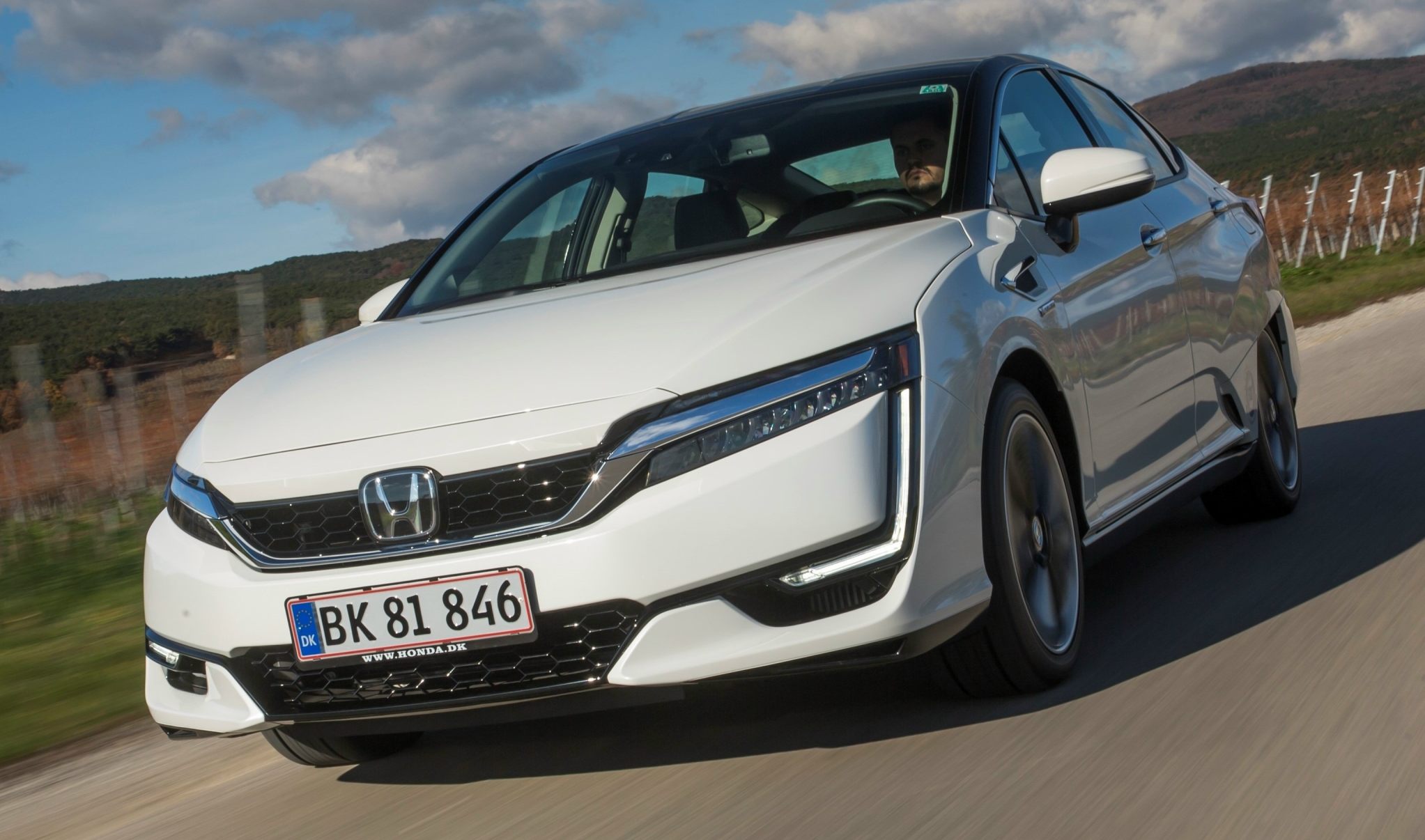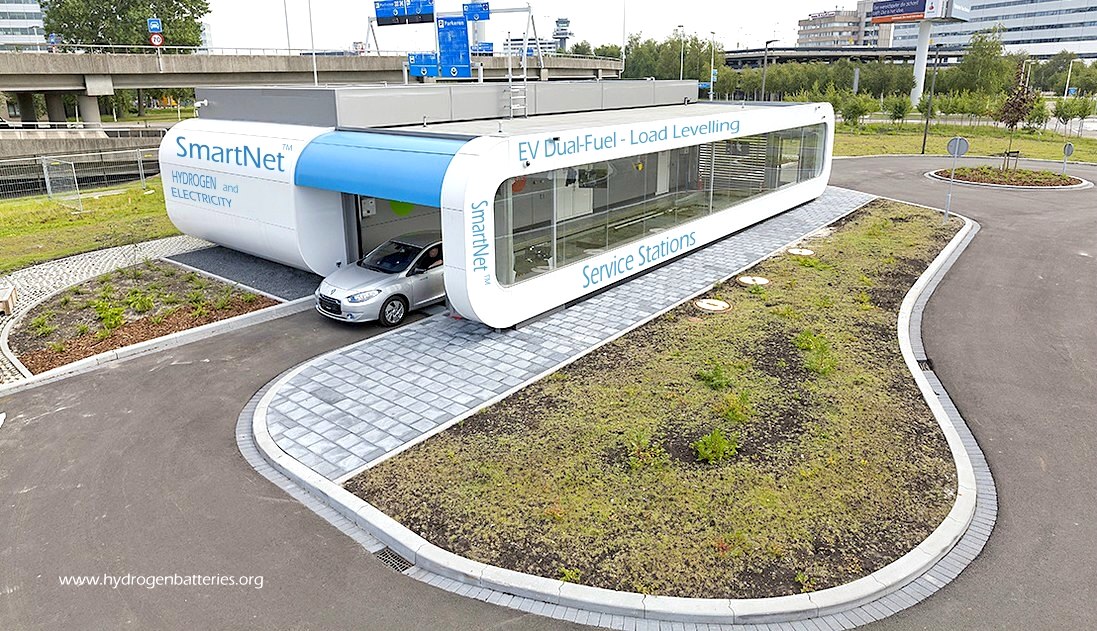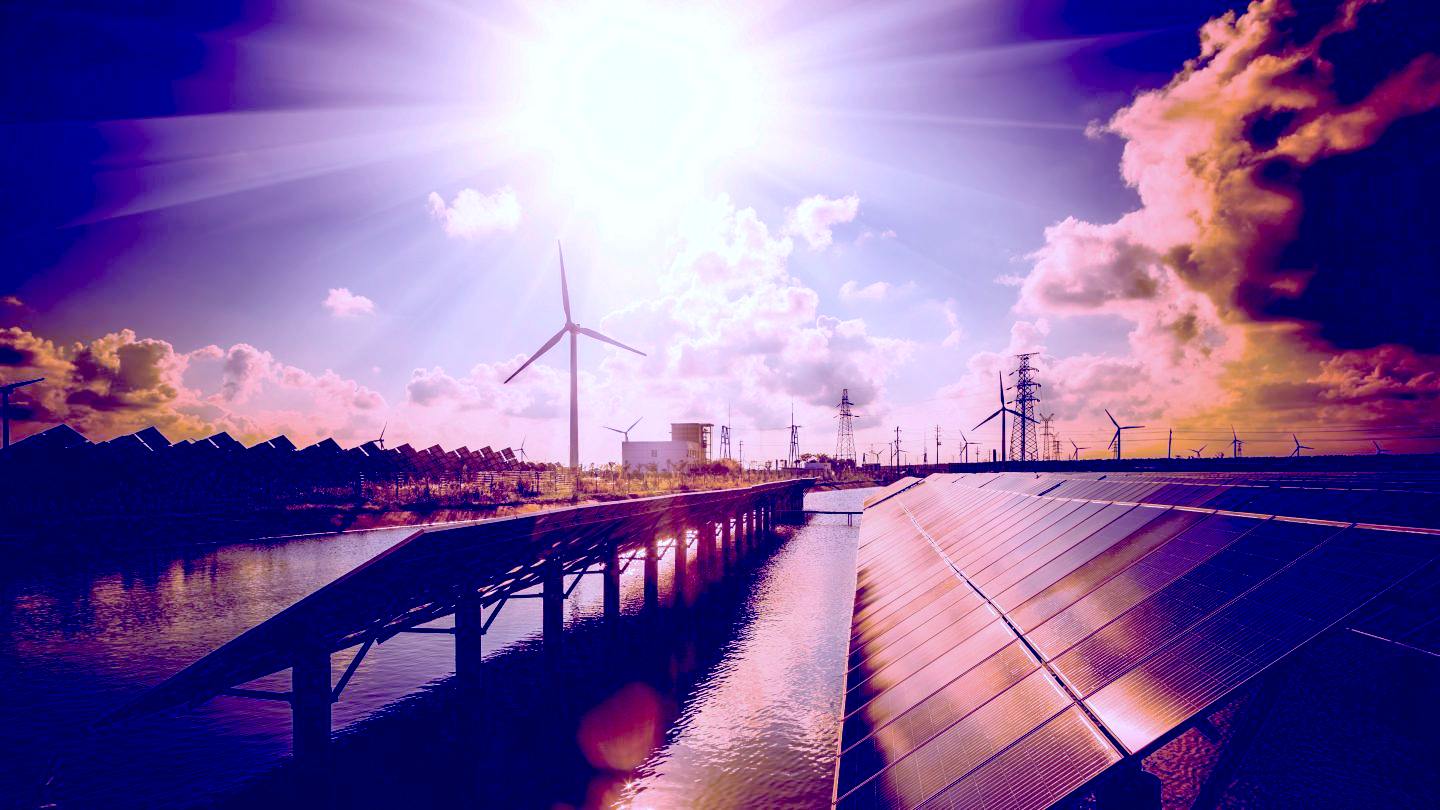|
SMART HYDROGEN BATTERIES
Please use our A-Z INDEX to navigate this site where page links may lead to other sites or see HOME
|
|
|
Hydrogen power is the next stage of sustainable development for electrics, by extending range significantly for passenger vehicles and making the practical operation of long range heavy goods vehicles possible. Hydrogen includes any compound of the wonder molecule.
The very best thing about the Universal Hydrogen Battery is that OEMs who are not producing a dedicated hydrogen FC vehicle in their range at the moment, can do so very simply, by modifying their battery packs, and installing a Hydrogen Battery.
In doing so they future proof their range of vehicles, making allowance for ammonia and methanol, should those fuels become more practical; hence popular.
At the moment the choice of competing fuels makes it difficult for car buyers to feel confident about the developing zero emission market, as the G20 aim for Net Zero under the UN's Sustainability Development Goals (SDGs).
We are doing our best to make it easy for everyone to join in the clean air mobility revolution.
INTRODUCING THE SMARTER HYDROGEN (FUEL CELL) BATTERY
A 'hydrogen battery' (ammonia or methanol) is an energy cartridge that is compatible with the developing Universal battery cartridge theme, designed to service any suitable electrically propelled vehicle, including buses, cars, vans, and especially; long haul trucks.
There are two main ingredients that go to make a Hydrogen Battery:
1. a high efficiency fuel cell stack of a suitable power rating, and
2. a method of storing hydrogen that will provide a realistic range to allow transition to zero emission transportation.
Hydrogen cartridges can contain gas at 700 bar, or liquid hydrogen in combination with a matched bank of fuel cells. The high pressure gas version will give 270+ miles per exchange in a typical family car, like the Toyota Mirai. It is anticipated that a liquid hydrogen version will have a significantly longer range - in the region of 470+ miles.
Ammonia and methanol cartridges are presumed to offer similar ranges.
Universal safety cartridges are stackable for vans and trucks, offering 1,000 mile ranges on long haul heavy goods vehicles using the high-pressure gas example, and 1,750 mile ranges on liquid hydrogen. These are only estimates until the concept is proven.
Cartridge exchanges take just a couple of minutes at dedicated rapid, smart service stations. Spent cartridges are refilled automatically, cyclically, with hydrogen and stored until requested by other vehicles passing through the station forecourt.
The system provides additional storage for mismatched load-levelling of solar and wind generated electricity in remote regions, for use in cities in other regions. The service stations can return electricity to the grid when demand requires.
The proposed system is compatible with Pay As You Drive (PAYD) technology. This makes the purchase price of an EV much lower than other systems. You pay for energy and cartridge depreciation at every fill up.
SMARTER DUAL FUEL - Better Place were too far ahead of their time with the EV service station above. This advanced unit could exchange battery cartridges in minutes, rather than use plug in charging, but could not cater for hydrogen vehicles or offer load levelling for national grids as with the SmartNet™ system.
Fortunately, most OEMs are now thinking of producing hydrogen HFCEV prototypes, and a very few; production vehicles.
Oil companies that produce diesel and petroleum are set to have a reducing market as the EU and other States wind down sales of ICE vehicles, in favour of a change to zero emission electric vehicles.
There is likely to be a period of cheap oil as Saudi Arabia and Russia vie to capitalize on their fossil fuel reserves, but ultimately, diversification is where efforts are most likely to reap rewards in the long term, as hydrogen becomes competitive price wise and compatible with conventional battery technology. The US might want to shift into top gear, rather than continue to hug their oil slicks.
TRANSPORT
If we want a practical solution for the next 50 years, in earnest within the next 10-15 years, hydrogen has many obstacles to overcome, where battery exchange recharging by swapping packs is already making headway in China and India, and is sure to become more popular as a way of instantly recharging EV's and also load levelling generation from solar and wind electricity.
STOP PETROL & DIESEL SALES - 2030 TARGET
We have relied on petrol (gasoline) and diesel vehicles to now, but they have proved damaging to the environment and human health, in part causing global warming and lung cancer.
The shocker is that fossil fuels are subsidised, while renewables are not. Surely, it should be the other way around?
That is why, finally, the political tide is turning for the EU, G20 and United Nations, in no small measure due to the millions of schoolchildren who are concerned enough about their future to have organized mass protests - spurred on by the efforts of the remarkable Greta Thunberg.
We aim to help provide a cleaner world for future generations, by cleaning up land transport, helping Governments to reach their sustainability development goals (SDGs).
Hydrogen powered vehicles are becoming more popular, especially buses in cities, where diesel particulates are choking the population and causing cancer. There is an abundance of clean wind and solar energy that can produce green hydrogen, something that at the moment is not happening.
Please use our A-Z INDEX to navigate this site or see HOME
This website is provided on a free basis to promote zero emission transport in Europe and Internationally. Copyright © Climate Change Trust & Universal Smart Batteries 2022. Solar Studios, BN271RF, United Kingdom. The name SmartNet™ is a trade mark for dual fuel service stations.
|


